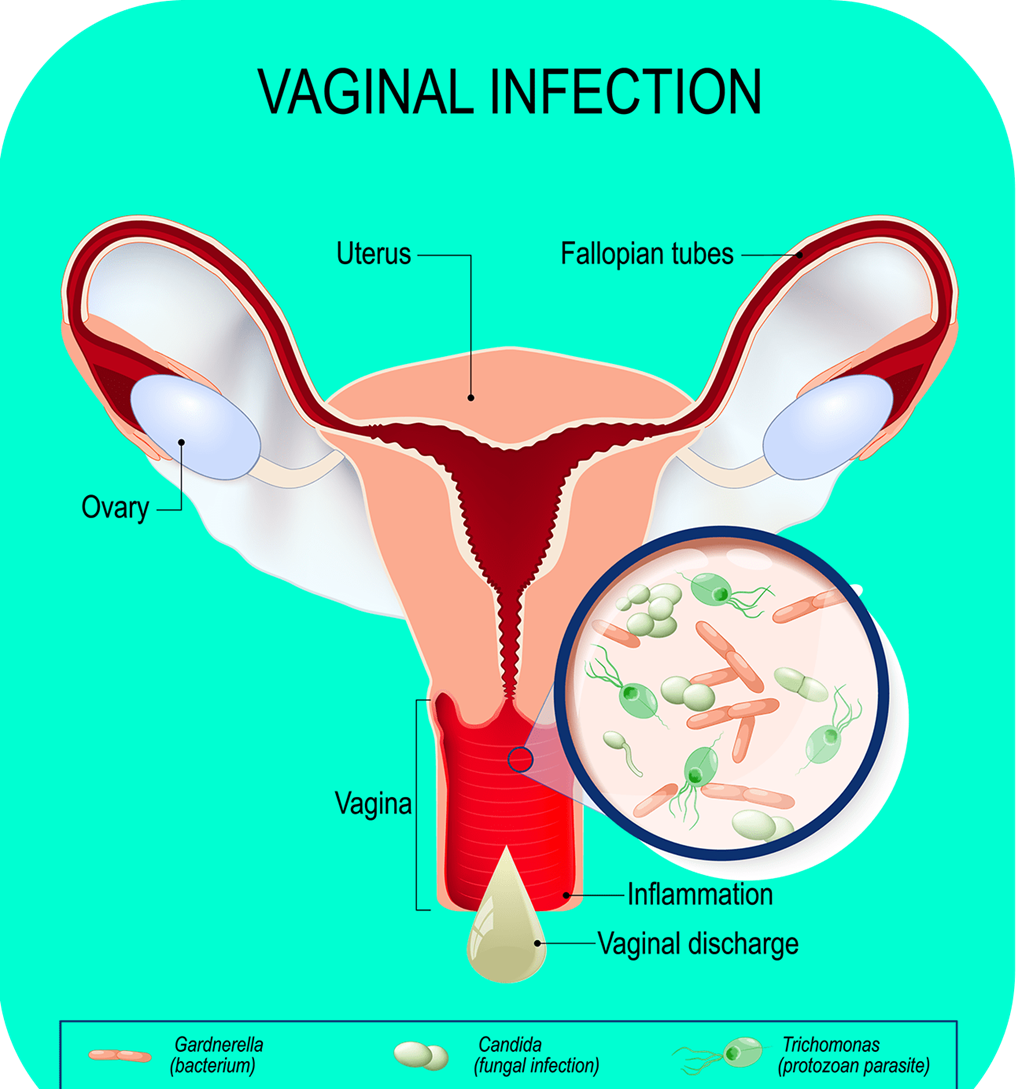A nurse reading a journal article about the care of a woman with pelvic organ prolapse would expect to find information on which disorder. Select all that apply.
Rectal incontinence
Rectocele
Urinary incontinence
Cystocele
Enterocele
Correct Answer : B,C,D,E
Choice A: Rectal incontinence is not the correct answer because it is not a disorder related to pelvic organ prolapse. Rectal incontinence is a condition that causes loss of control over bowel movements, resulting in leakage of stool or gas. It can be caused by various factors, such as nerve damage, muscle weakness, or diarrhea.
Choice B: Rectocele is the correct answer because it is a disorder related to pelvic organ prolapse. Rectocele is a condition that occurs when the rectum bulges into the vagina due to weakening of the pelvic floor muscles and connective tissue. It can cause symptoms such as constipation, difficulty emptying the bowel, or a feeling of pressure or fullness in the vagina.
Choice C: Urinary incontinence is the correct answer because it is a disorder related to pelvic organ prolapse. Urinary incontinence is a condition that causes loss of control over urination, resulting in leakage of urine or urgency to urinate. It can be caused by various factors, such as stress, urge, overflow, or mixed types of incontinence.
Choice D: Cystocele is the correct answer because it is a disorder related to pelvic organ prolapse. Cystocele is a condition that occurs when the bladder bulges into the vagina due to weakening of the pelvic floor muscles and connective tissue. It can cause symptoms such as frequent urination, difficulty emptying the bladder, or a feeling of pressure or fullness in the vagina.
Choice E: Enterocele is the correct answer because it is a disorder related to pelvic organ prolapse. Enterocele is a condition that occurs when the small intestine bulges into the vagina due to weakening of the pelvic floor muscles and connective tissue. It can cause symptoms such as lower back pain, pelvic pressure, or difficulty having bowel movements.
Nursing Test Bank
Naxlex Comprehensive Predictor Exams
Related Questions
Correct Answer is ["20"]
Explanation
- To find out how many gtt/min to set for a manual IV infusion, we need to use this formula: gtt/min = (mL/hr x drop factor) / 60
- In this formula, mL/hr is the rate of infusion in milliliters per hour, drop factor is the number of drops per milliliter for a specific IV tubing, and 60 is the number of minutes in an hour.
- We plug in the given values into this formula: gtt/min = (120 mL/hr x 10 gtt/mL) / 60
- We simplify and solve this equation: gtt/min = (1200 gtt/hr) / 60
- We divide both sides by 60: gtt/min = 20 gtt/hr
- We round off to the nearest whole number: gtt/min = **20**
- We add a leading zero if needed: gtt/min = **20**
- We do not add a trailing zero: gtt/min = **20**
Correct Answer is C
Explanation
Choice A: Vaginal pH of 3 is not the correct answer because it is not a finding of bacterial vaginosis. Vaginal pH is a measure of how acidic or alkaline the vaginal environment is. A normal vaginal pH ranges from 3.8 to 4.5, which helps prevent infections by maintaining a balance of healthy bacteria (lactobacilli). Bacterial vaginosis can cause an increase in vaginal pH above 4.5, which allows harmful bacteria (anaerobes) to grow and cause symptoms.
Choice B: Cervical bleeding on contact is not the correct answer because it is not a finding of bacterial vaginosis. Cervical bleeding on contact is a sign of inflammation or injury to the cervix, which is the lower part of the uterus that connects to the vagina. It can be caused by various factors such as infection, trauma, or cancer. Bacterial vaginosis does not affect the cervix directly, but it can increase the risk of other infections or complications that may cause cervical bleeding.
Choice C: Fishy odor of discharge is the correct answer because it is a finding of bacterial vaginosis. The fishy odor of discharge is a characteristic symptom of bacterial vaginosis that occurs due to the breakdown of organic compounds (amines) by the anaerobic bacteria. The odor is usually more noticeable after sexual intercourse or during menstruation.
Choice D: Yellowish-green discharge is not the correct answer because it is not a finding of bacterial vaginosis. Yellowish-green discharge is a sign of infection or inflammation of the vagina or cervix, such as trichomoniasis, gonorrhea, or chlamydia. These infections can cause symptoms such as itching, burning, or pain in the genital area. Bacterial vaginosis usually causes a thin, gray-white, or milky discharge that does not cause irritation or discomfort.

Whether you are a student looking to ace your exams or a practicing nurse seeking to enhance your expertise , our nursing education contents will empower you with the confidence and competence to make a difference in the lives of patients and become a respected leader in the healthcare field.
Visit Naxlex, invest in your future and unlock endless possibilities with our unparalleled nursing education contents today
Report Wrong Answer on the Current Question
Do you disagree with the answer? If yes, what is your expected answer? Explain.
Kindly be descriptive with the issue you are facing.
